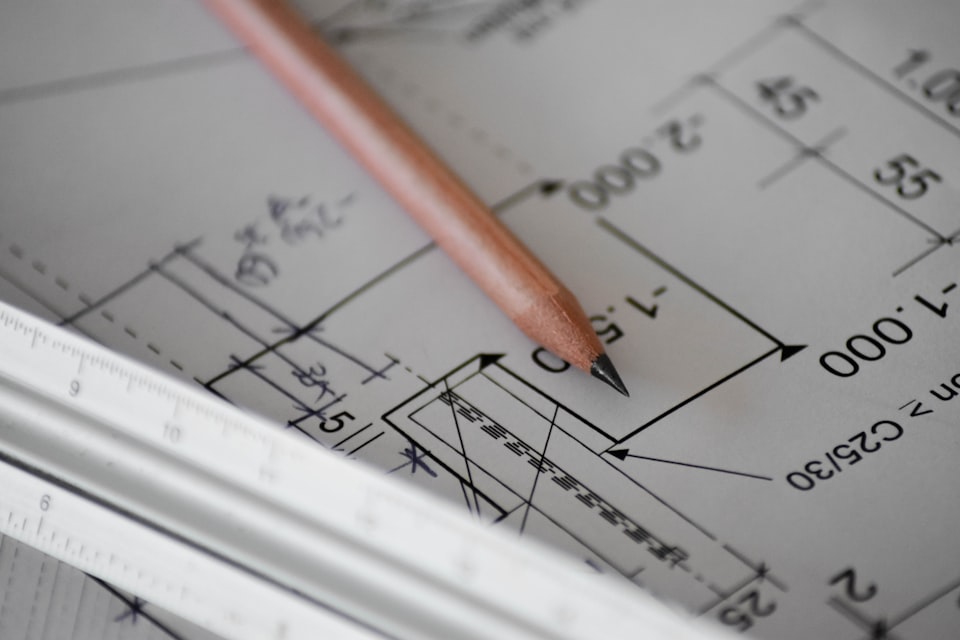The architectural world, predominantly designed for right-handers, presents unique challenges and opportunities for left-handed architects. Making up about 10% of the population, these architects bring a distinctive perspective to design, often overlooked in a right-hand dominant field.
Understanding left-handedness in architecture
Left-handed architects have navigated a profession historically tailored for right-handers. This has led to a unique set of ergonomic challenges and creative adaptations.
Prevalence and recognition
Though they represent a minority, left-handed architects are increasingly gaining recognition. This shift towards inclusivity reflects a broader awareness of diverse needs in design.
Historical challenges
Traditionally, left-handers have faced several obstacles in architecture:
- Tool Availability: Struggling with right-hand-biased drafting tools.
- Ergonomic Discomfort: Navigating work environments not designed for them.
- Adaptation: Continuously modifying methods and tools for left-handed use.
Challenges faced by left-handed architects
Adapting to right-hand dominant workspaces, left-handed architects often rearrange their physical tools and customize digital interfaces. These changes are crucial for efficiency, comfort, and reducing ergonomic strain.
Innovative approaches and adaptations
Left-handed architects contribute significantly to design innovation. Their approach often leads to unique solutions, challenging conventional architectural norms. Key areas of innovation include:
- Spatial Planning: Utilizing unique spatial awareness in design.
- Creative Solutions: Developing innovative concepts that redefine traditional architectural boundaries.
Left-handedness as an asset in design
The cognitive and spatial advantages of left-handed architects play a crucial role in their approach to architecture. Their perspective fosters diversity in design thinking, leading to more dynamic architectural solutions.
Education and mentorship
The evolving landscape of architectural education acknowledges the need for inclusivity. Key focus areas include:
- Inclusive Teaching Methods: Developing strategies that cater to left-handed students.
- Ergonomic Classroom Designs: Creating learning environments that accommodate the ergonomic needs of left-handed individuals.
- Mentorship Programs: Establishing support systems for aspiring left-handed architects, ensuring their talents are fully nurtured.
Final reflections on left-handed architects in design
Left-handed architects are an integral part of the architectural community. Their unique viewpoints and adaptations enrich the field, underscoring the importance of diversity and inclusivity in design.




